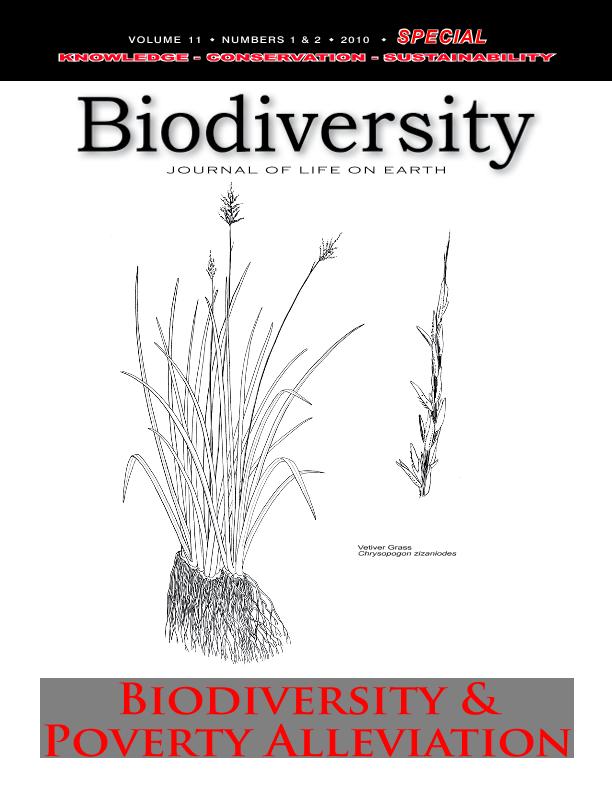Mostrar el registro sencillo del ítem
dc.contributor.author
Lichtenstein, Gabriela

dc.date.available
2023-03-21T17:13:05Z
dc.date.issued
2010-09
dc.identifier.citation
Lichtenstein, Gabriela; Current challenges for addressing poverty alleviation via vicuña management in andean countries; Taylor & Francis; Biodiversity; 11; 1-2; 9-2010; 19-24
dc.identifier.issn
1488-8386
dc.identifier.uri
http://hdl.handle.net/11336/191241
dc.description.abstract
Vicuña (Vicugna vicugna) are South American camelids, the commercial use of which has untapped poverty alleviation potential. Vicuña fibre is produced by extremely low income communities that inhabit the harsh environment of the high Andes in Argentina, Chile, Peru and Bolivia. At the other end of the world, affluent consumers are willing to pay high prices for apparel made of vicuña fibre. Vicuña management projects follow the logic of community-based wildlife management. The rationale for vicuña conservation through sustainable use is that commercial utilization of fibre obtained from live-shorn individuals will generate sufficient economic benefits to outweigh the costs of conservation, and contribute to community development and poverty alleviation. However, while conservation efforts have been extremely successful with vicuñas having recovered from the brink of extinction, the socio-economic achievements have thus far proved modest. Most such benefits are being captured by traders and international textile companies, rather than by local communities. In addition, the high market value of vicuña fibre has attracted a number of groups interested in its production. This threatens the conservation of this wild species, the exclusive rights of Andean communities and could undermine the spirit of the Vicuña Convention. This paper explores multiple-objective projects that address vicuña conservation and poverty alleviation and analyses the challenges that limit a more equitable distribution of benefits among stakeholders.
dc.format
application/pdf
dc.language.iso
eng
dc.publisher
Taylor & Francis

dc.rights
info:eu-repo/semantics/openAccess
dc.rights.uri
https://creativecommons.org/licenses/by-nc-sa/2.5/ar/
dc.subject
COMMUNITY DEVELOPMENT
dc.subject
LOW INCOME COMMUNITIES
dc.subject
VICUÑA CONVENTION
dc.subject
VICUÑAS
dc.subject.classification
Ciencias Medioambientales

dc.subject.classification
Geografía Económica y Social

dc.subject.classification
CIENCIAS SOCIALES

dc.title
Current challenges for addressing poverty alleviation via vicuña management in andean countries
dc.type
info:eu-repo/semantics/article
dc.type
info:ar-repo/semantics/artículo
dc.type
info:eu-repo/semantics/publishedVersion
dc.date.updated
2023-03-12T15:45:35Z
dc.journal.volume
11
dc.journal.number
1-2
dc.journal.pagination
19-24
dc.journal.pais
Canadá

dc.journal.ciudad
Ottawa
dc.description.fil
Fil: Lichtenstein, Gabriela. Secretaría de Cultura de la Nación. Dirección Nacional de Cultura y Museos. Instituto Nacional de Antropología y Pensamiento Latinoamericano; Argentina. Consejo Nacional de Investigaciones Científicas y Técnicas; Argentina
dc.journal.title
Biodiversity
dc.relation.alternativeid
info:eu-repo/semantics/altIdentifier/url/https://www.tandfonline.com/doi/abs/10.1080/14888386.2010.9712642
dc.relation.alternativeid
info:eu-repo/semantics/altIdentifier/doi/http://dx.doi.org/10.1080/14888386.2010.9712642
Archivos asociados
